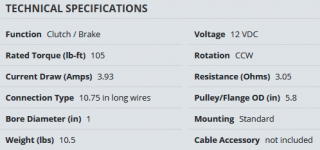No, The opposite. The Battery is frying the system. Batteries can have an intermittent internal single cell short. Additionally, the fuse might be over rated. The output is protected by a fuse that will protect the diode. The only other option is a short on the way to the fuse. An ac pressure on the battery does it good, not harm as it vibrates ions loose to improve battery condition as long as the reverse polarity due to a shorted diode, rather than an open diode, and the fuse protect the system from high current. This sometimes will cause the fuse to repeatedly fail, then people put in a higher fuse. The current output of the charging stator has a rating, and fuse should protect for that level if I were designing it, however, the parts list will usually tell the appropriate size. Replace your battery, replace the diode wire, insure the fuse is good, check the wires for shorts, and go mow.

